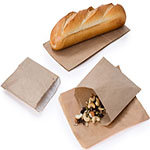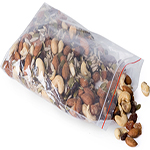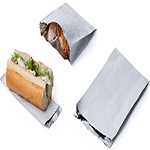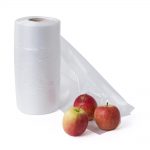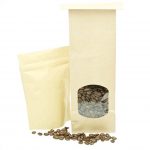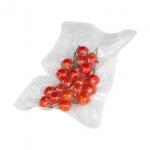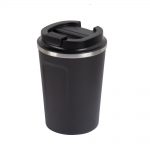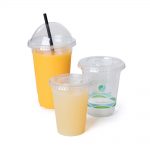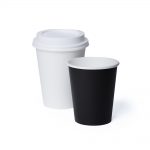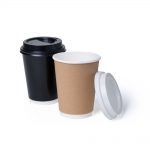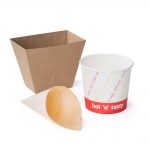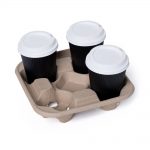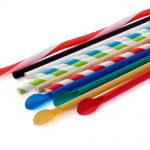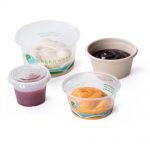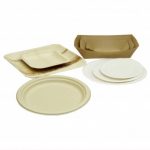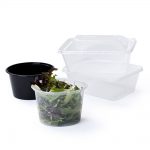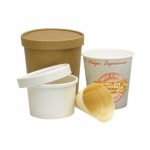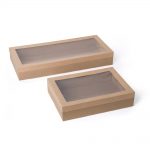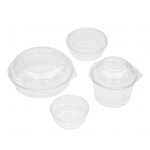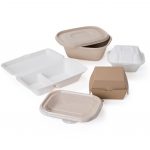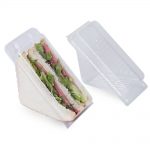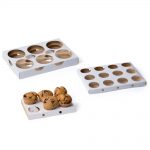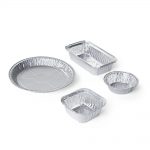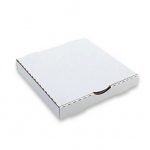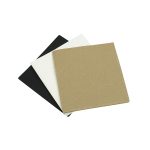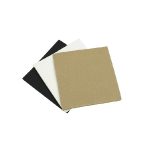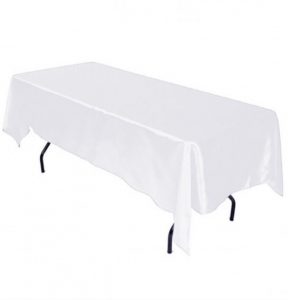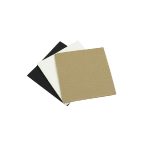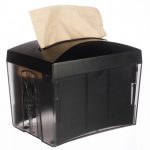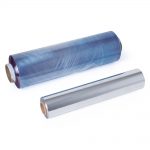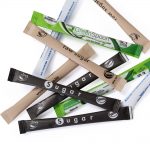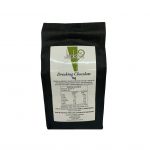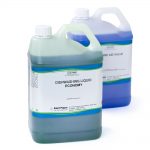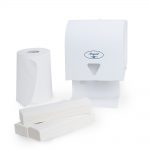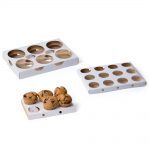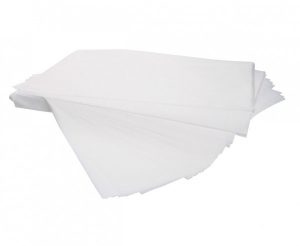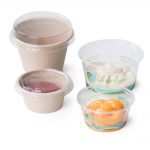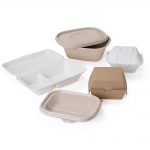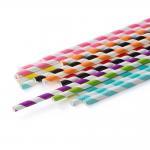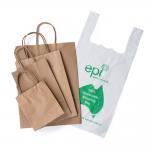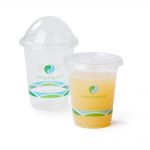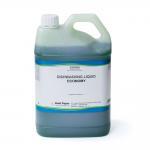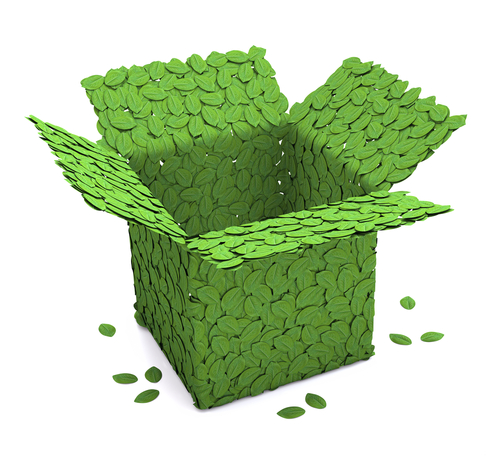Blog Categories
- Tips and Advice (55)
- Sustainability (26)
- Trends and Innovations (25)
- Tutorials and Templates (6)
- Regulations (2)
Jul
15
Posted on May 15, 2018 by Ash Bennett
15
Green Packaging: An Eco-Friendly Change in the Food Industry
Posted on May 15, 2018 by Ash Bennett
As the desire for environmental preservation and sustainability sweeps across the globe, some resourceful companies are taking the idea one step further by integrating green packaging into the world of food packaging. Companies are clamoring for ways to appear eco-conscious to their consumers and to send a message that projects a sense of responsibility toward both the environment and the buyers that make purchases from these companies. From biodegradable takeout containers to recyclable cartons and boxes for fast food, “green” food packaging is making its way into the service sphere of the food market.
Recycling used to be the big thing for any business that wanted to contribute toward the sustainability of the planet. As it turns out, however, recycling may not be cutting it anymore. Make no mistake: recycling is still a great method of finding new uses for appropriate materials. Recycling can mean the difference between food packaging going to a landfill or being reused for something else just as practical. Unfortunately, not everything is easy to recycle. Styrofoam, one of the most popular packaging materials for takeout, is one of the most difficult materials to dispose of in an environmentally responsible way. Some cities have even taken the extra step of banning the popular takeout material for this very reason.
Due to these precise difficulties, some companies have adopted the idea of a “bio box” in order to compensate for some of the less environmentally friendly options that other take out services offer. These biodegradable boxes are mostly made from plant fibers, which can contribute toward the health of the ecosystem when disposed of. Other boxes may be made from biodegradable cardboard, cane sugar, polylactic acid, cellophane, corn, or crustacean shells.
Biodegradable boxes are as effective as more conventional methods of food containment. Packaging may be designed for both hot and cold foods, and break down into natural components much more quickly than the foam or plastic packaging that ends up in landfills and bodies of water.
For those that may not want to resort to the higher costs of biodegradable packaging materials, recycling may still be a good option. Although Styrofoam may be notoriously difficult to dispose of or reuse in an eco-friendly way, there are many plastic and paper products that can be used by smaller businesses that are still interested in going green.
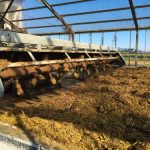 Unfortunately, biodegradable packaging has a slower rate of decomposition when placed in landfills. A lack of oxygen flow inhibits the material’s ability to break down over time. Because of this, it’s important we continue to lobby local councils to implement industrial composting facilities . You also can use a green waste disposal program, should your city have one. Many locations do not yet have such programs, which contributes to lack of a larger movement toward biodegradable packaging options.
Unfortunately, biodegradable packaging has a slower rate of decomposition when placed in landfills. A lack of oxygen flow inhibits the material’s ability to break down over time. Because of this, it’s important we continue to lobby local councils to implement industrial composting facilities . You also can use a green waste disposal program, should your city have one. Many locations do not yet have such programs, which contributes to lack of a larger movement toward biodegradable packaging options.
Consumers have been consistently asking for more sustainable, greener companies. Members of the millennial generation in particular have voiced a willingness to pay more for more environmentally healthy products. Because fast food and casual dining restaurants are often frequented by younger generations, the number of food service establishments moving toward biodegradable or recyclable packaging is growing in the current decade.

